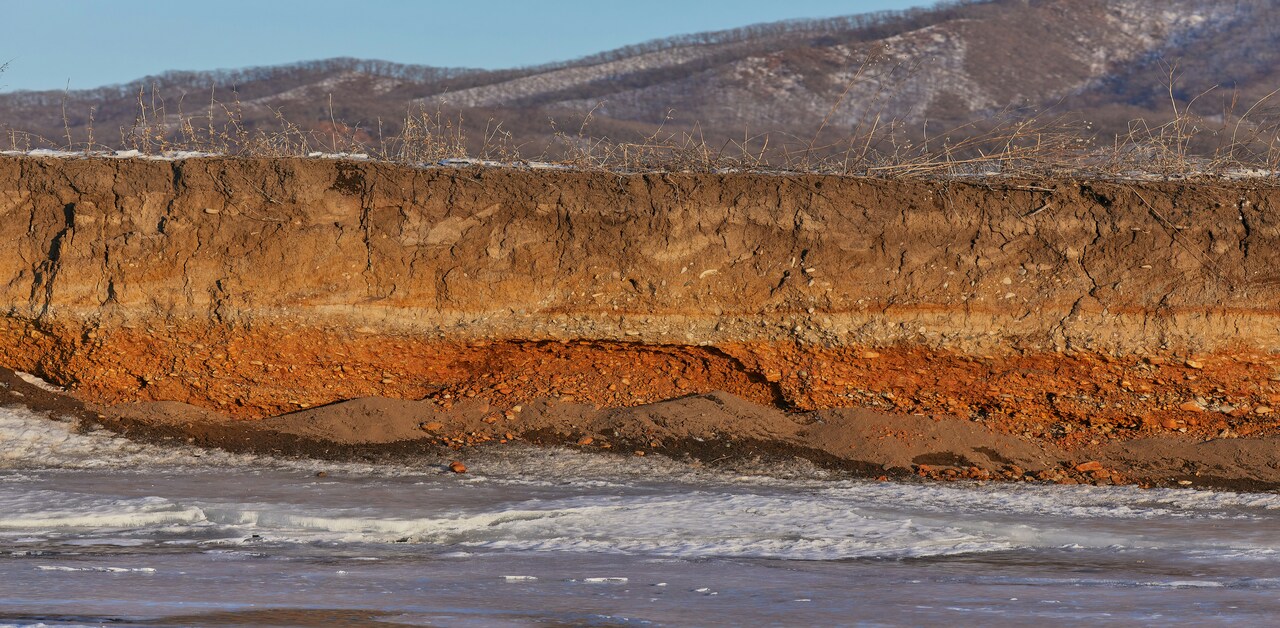Soil erosion is a natural phenomenon, it is characterized by the loss of the uppermost layer of soil caused by different factors of nature and people.
Although erosion is a natural process of the cycle of nature, the high rate of growth caused by humanity is a big issue, manifesting itself in the form of a deteriorated environment.
It is losing the fertile topsoil at an alarming rate in most parts of the world, including India, which is vital in agriculture and in the sustenance of life.
The Knowledge of soil erosion, its causes, and the effect it has, as well as some of the solutions to it, is essential to encourage environmental sustainability and food security.
In this article, we will discuss Soil Erosion, Processes, Causes, and Solutions etc.
Table of Contents
What is Soil Erosion?
Soil erosion is the disturbance of the soil’s top layer, where such movement is mostly resulting from wind power, erosion by water, and human activities.
In addition, the organic matter, nutrients, and microorganisms necessary for plant growth are abundant in this topsoil.
Once this layer is eliminated, the land loses productivity and can easily become deserted.
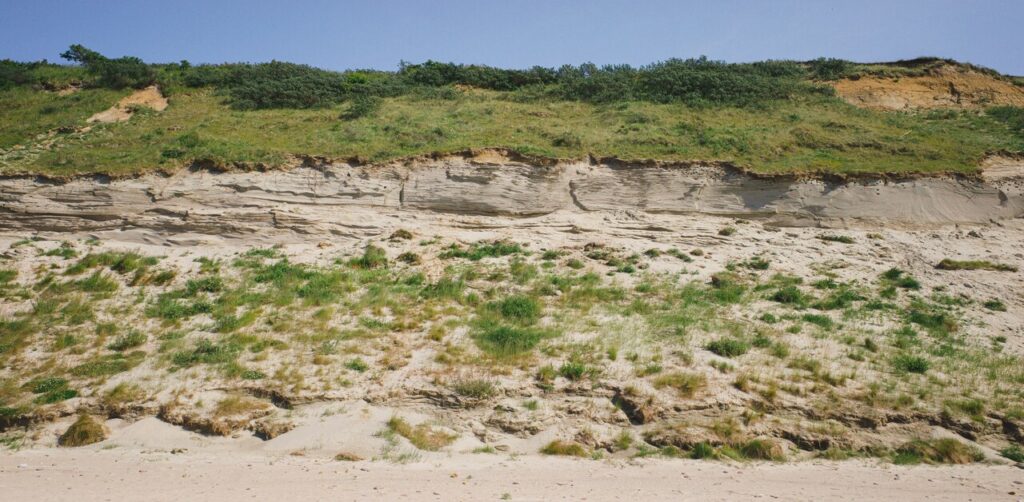
Type of Soil Erosion
1. Water Erosion
This is the most widespread one and takes place when the soil is washed away by rainwater or floodwater.
There are several types of soil erosion, including
It may further be categorized into:
1. Sheet erosion: It is the movement of small amounts of soil between layers.
2. Rill erosion—Minor gullies are formed on the surface of the soil because of running water on the Soil.
3. Gully erosion: Trenches are formed that are deep and wide, and the land cannot be used for farming.
If you are interested in buying a book ”The Psychology of Money by Morgan Housel, then you can visit here.
2. Water Erosion
Loose soil particles are susceptible to strong winds, which can carry them away and cause erosion in dry and semi-arid regions.
3. Coastal Erosion
This kind is found on the coasts where the beach erosion processes wear away land and earth step by step.
4. Glacial Erosion
It is caused by a glacial flow, which is remarkable in high mountains or polar areas.
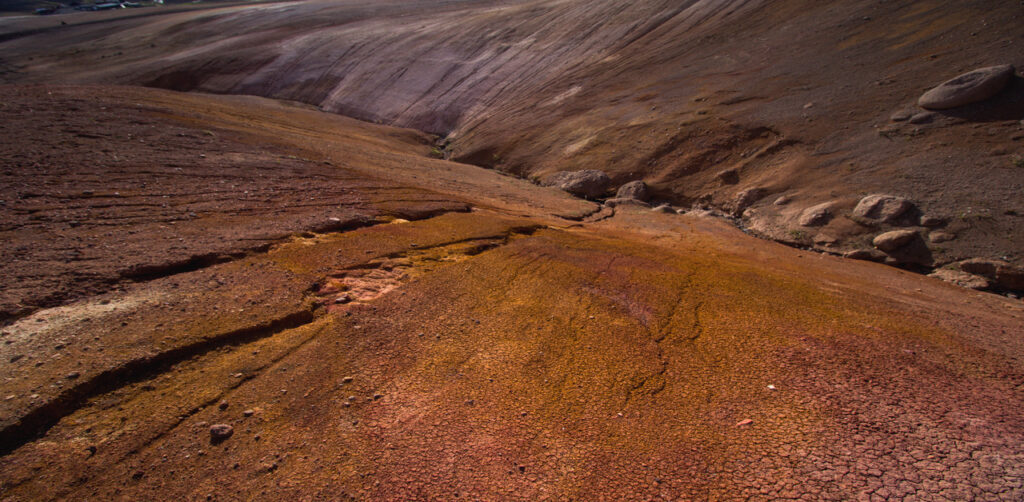
Causes of Soil Erosion
1. Deforestation
The roots of plants and trees play a crucial role in securing the soil together.
Once a forest is cleared to make way for fields, urban settlement, or the harvest of logs, the soil is loose and prone to being blown away.
2. Overgrazing
The protective vegetation cover is reduced when the animals overgraze on grasslands. This subjects the soil to wind and water erosion.
3. Unsustainable Agriculture
Poor irrigation and mono-cropping, intensive tilling and mono-cropping, and improper irrigation, among other practices, disrupt the soil structure.
Leaving the fields bare during the off-season of planting can also hasten erosion.
4. Urbanization and Construction
Development projects include the clearing of land and the cutting down of vegetation, whereby the natural balance of the soil is interfered with.
Water is not allowed to seep into the ground because of roads and buildings, thus enhancing surface runoff.
5. Climate Change
Global warming increases the rate of erosion because of changing weather patterns, an increase in the intensity of rainfall, and extreme weather events.
If you want to read an article about the soil in detail, you can click on soil erosion.
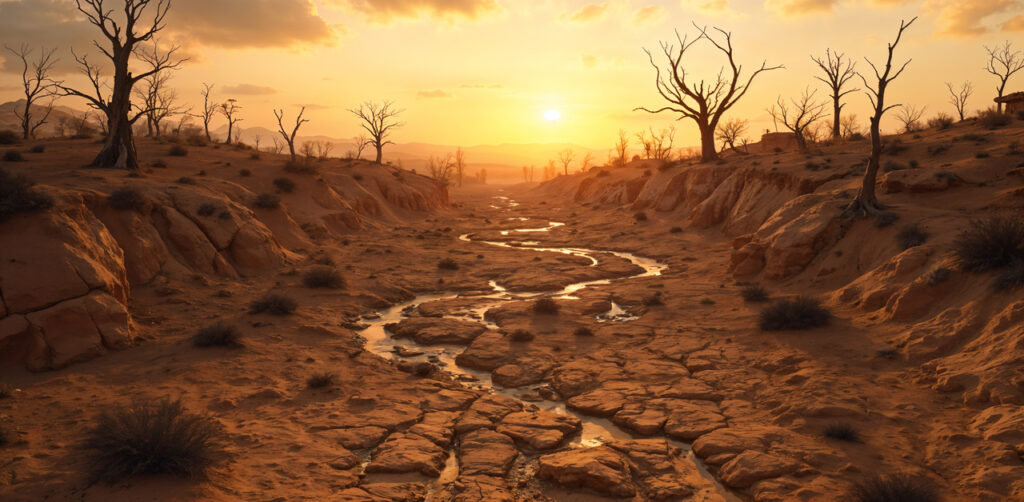
Effect of Soil Erosion
1. Destruction of Arable Land
The soils are nutritious. Its destruction implies a drop in productivity in agricultural production, which in turn affects food security.
2. Water Pollution
Soil that has been eroded frequently enters oceans, rivers, and lakes. This causes sedimentation, reducing the quality of water and killing aquatic life.
3. Desertification
Erosion in the dry lands may lead to the conversion of fertile land to empty deserts, which also impacts livelihoods in addition to the ecological systems.
4. Infrastructure
Erosion-caused sediment may block dams, drainage systems, and irrigation channels, thus resulting in higher maintenance costs and floods.
5. Biodiversity Loss
Excavation of soil changes the natural habitat of most of the organisms, contributing to a lack of biodiversity and ecological disequilibrium.
Soil Erosion in India
Because of its large agrarian population and its mixed land geography, India is extremely susceptible to soil erosion.
According to research, soil erosion is the primary contributor to the degradation of nearly 30% of the land in India.
These areas include the Himalayan foothills, Western Ghats, and dry regions of Rajasthan, and these places are highly affected.
The increase in population pressure on land, poor agricultural activities, and rapid expansion of tree cutting are making the problem worse.
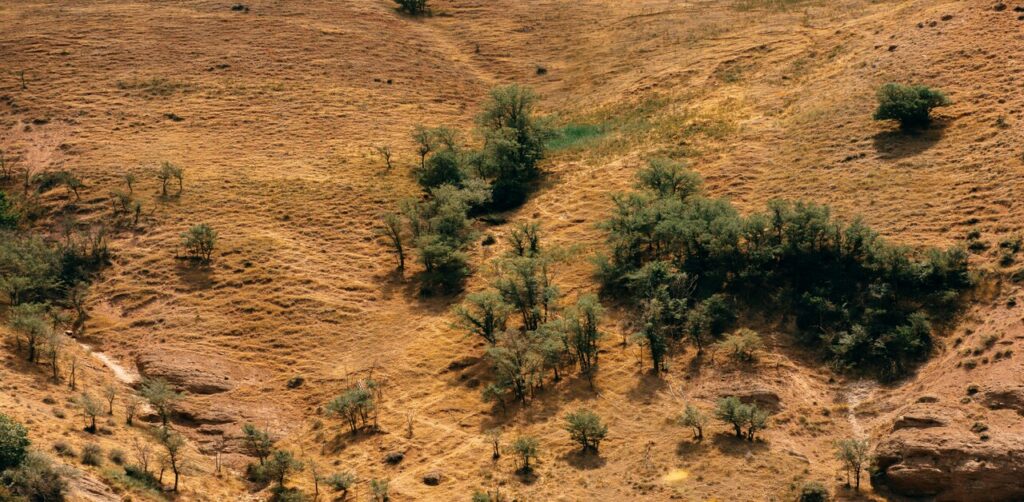
Preventive measures and solutions
Sustainable practices can help to reduce the effects of soil erosion, though it is a natural event:
1. Afforestation and Reforestation
One of the most efficient methods of minimizing the process of soil erosion is to plant trees and restore the cover of forests.
Plant roots assist in consolidating the ground and the effects of rain and wind.
2. Terracing and Contour Plowing
Farming according to the natural landscape of the earth and the construction of terraces on hilly surfaces serve to decelerate the speed of water and decrease erosion on hilly terrain.
3. The use of Cover Crops and Mulching
The use of Cover cropping and mulching allows the crops to recuperate and restore their vigor under limited soil water conditions.
Cover Crops and Mulching Cover crops, such as legumes, can be planted during slow seasons, and the land can be mulched to shield the soil against rainfall and keep it moist as well as supply organic matter.
4. Controlled Grazing
Proper grazing management, such as a rotational grazing system and limits to the movement of livestock in the sensitive areas, can help conserve the native vegetation and soil structure.
5. Embankments and Check Dams
Sections of small dams and embankments can be constructed to trap sediments, slow the water, and minimize the formation of gullies.
6. Education and Awareness
It is possible to achieve better land management practices through the creation of awareness among the farmers and communities on the necessity of soil conservation.
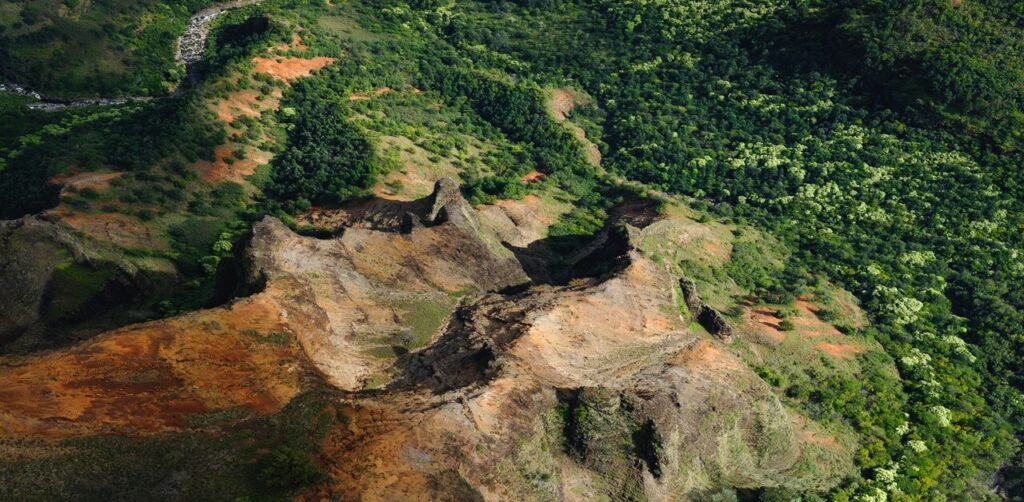
Conclusion
The health of the climate, agriculture, and human well-being are all threatened by soil erosion, a silent yet significant threat.
The loss of fertile land not only decreases food production but also affects water resources, biodiversity, and climate resilience.
However, the solutions are readily available. Soil erosion can be reversed and averted by means of sustainable farming, preserving the natural vegetation, and contemporary technology.
Preserving soil is not the single obligation of the governments and environmentalists but of people and the community as well, because it is the basis of life on Earth.

